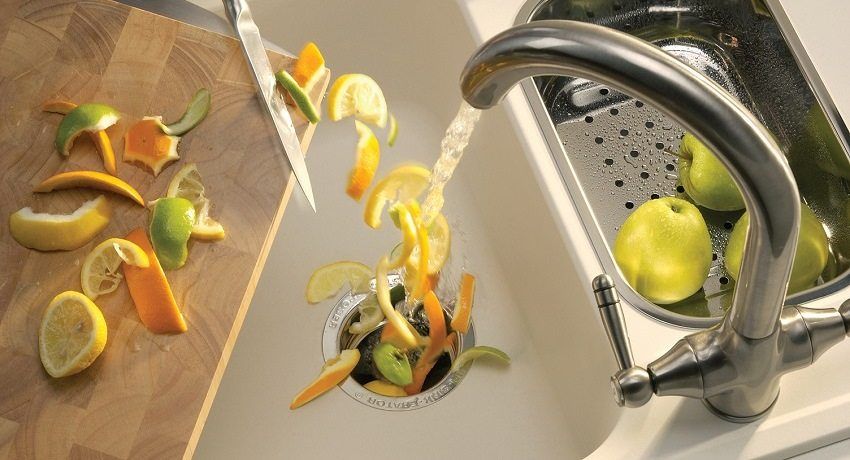The use of textured plaster is very popular not only for decoration of the building facades, but also structural elements inside the room. Each specific use of the material involves obtaining an exclusive pattern. In addition, textured plaster for walls inside and outside the room creates an environmentally friendly, durable, moisture-resistant and durable surface.

Textured plaster for walls: composition features
The textured mixture for walls is a non-uniform, viscous mixture of white color, in the composition of which there are various fillers connected by a specific binder. Pebbles, ground brick, mica, gypsum, fine-grained sand, wood and cotton fibers are used as additives. It is the type, number, size and color of the particles, as well as the technology of deposition that determine the appearance of the finishing material. The price of textured plaster for walls depends on the type of composition and manufacturer.
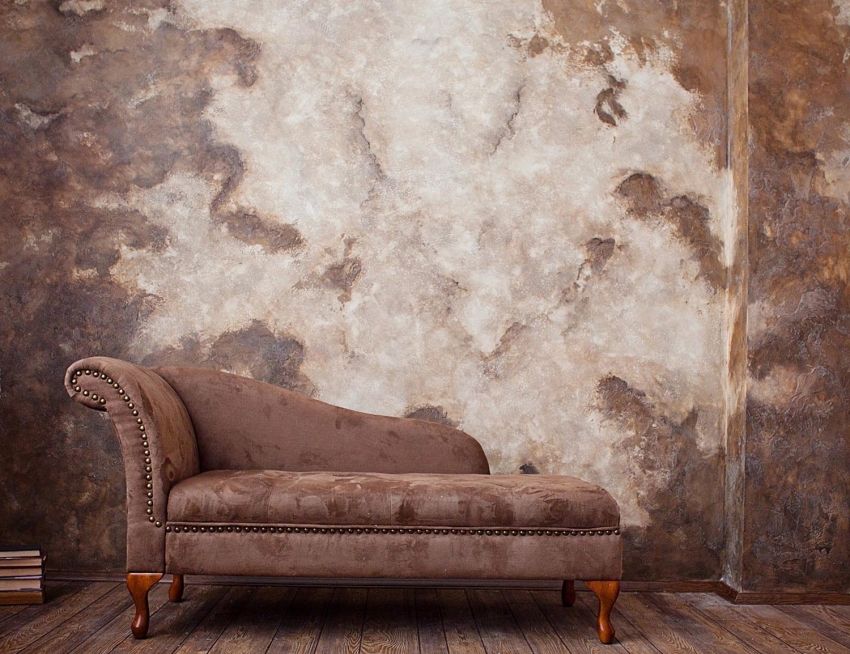
Using this material, you can create a surface with a different level of graininess, with a rough structure, volumetric reliefs, to imitate stone, wood, velvet or leather. The mixture is applied to any surface and allows you to hide all existing defects of the walls.
Depending on the binder, acrylic, silicate, mineral and silicone textured plaster is distinguished. Each option has its advantages and disadvantages. However, they all have basic distinguishing features:
- ease of application, which does not require professional skills;
- elasticity of the material, which allows you to form an attractive and unusual surface;
- does not contain toxic substances;
- anti-static coating;
- fire resistance;
- high surface resistance to mechanical stress;
- resistance to UV rays and moisture;
- resistance to temperature extremes;
- increased vapor permeability;
- the material creates good sound and thermal insulation;
- the surface is easy to clean and wash.
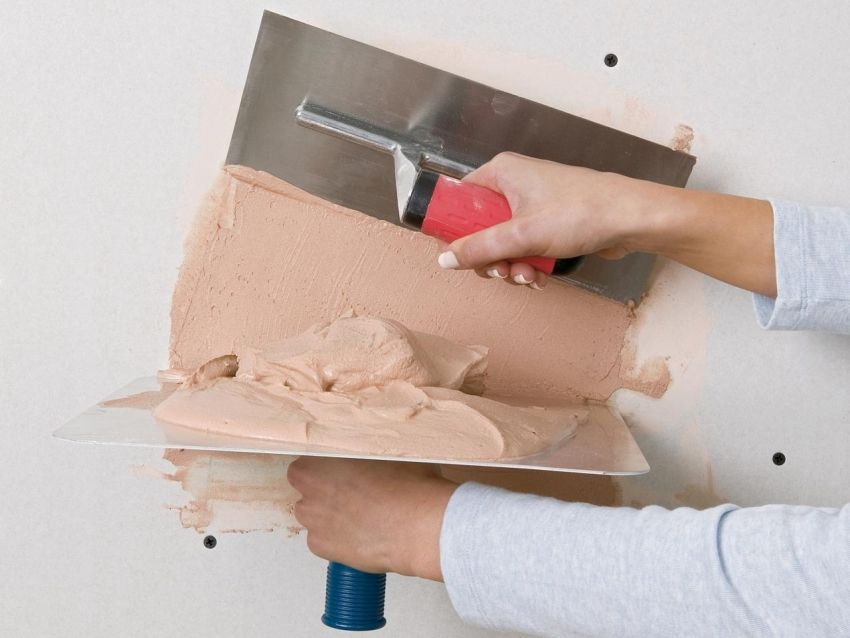
To get a neat, high-quality and durable surface, you should perform work in a certain sequence:
- Preparatory work.
- Basic stage.
- Create invoice.
- The final stage.
For the preparatory work will need primer, paint brush, putty, putty knife, sandpaper.
The list of necessary materials for finishing work:
- metal and rubber spatulas of various sizes;
- trowel;
- the rule;
- grater;
- level and plumb;
- rollers, brushes, paint;
- masking tape;
- various devices for giving texture.
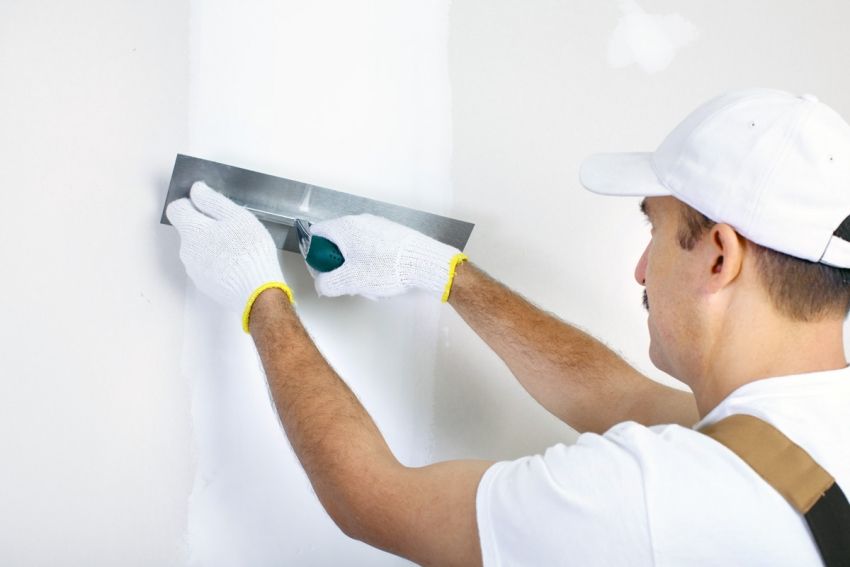
Preparation of walls for decorative plaster begins with their cleaning from the old coating. The surface must be flat. With the help of putty it is necessary to seal all cracks and crevices. Before plastering the walls inside the premises of aerated concrete, foam concrete, brick, installation of a reinforcing mesh is required, which will prevent the finishing material from cracking and crumbling after drying, and will create good adhesion of the plaster and substrate.
Many types of plaster do not require pre-leveling walls. If the surface has significant irregularities, they should be eliminated with the help of a plaster, lime or cement-sand mixture, having done the plastering of the walls on the beacons with your own hands, applied in several layers. It should be noted that the drying of one layer may take about 24 hours. The use of cement-sand mixture involves the installation of reinforcing mesh for plaster walls.
To install the beacons, you need to level the walls horizontally and vertically using a level or plumb and identify all deviations from a flat plane. Lighthouses fasten with screws. To determine the thickness of the plaster layer, the thickness of the lighthouse is added to the most convex section of the wall. If the wall has minor errors and irregularities, you can plaster the walls with your own hands without beacons.
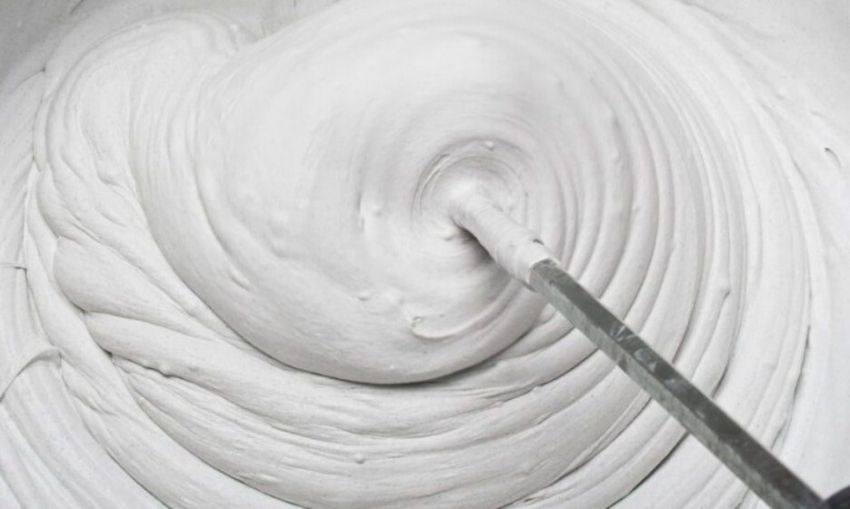
Helpful advice! If the alignment of the walls is too costly and difficult process, it is recommended to use plasterboard.
The flattened surface is primed twice. For best effect, a deep-penetrating compound should be used, which will create good adhesion of the plaster to the base. Acrylic primer works well for this task. Further, it is necessary to dry the wall well before applying the facing material.
If finishing work is carried out in a room with a high level of humidity, the surface should be treated with an antifungal compound, which will create additional resistance of the coating to the negative effects of moisture.
The basic stage is the application of a decorative mixture, which can be made in several layers. Plaster consumption per 1 m2 of wall is 1-2 kg of material. With multi-layer coating, this indicator increases.

Textured plaster, the price of which starts from 700 rubles, can be in the form of a dry powder, where it is necessary to prepare a working solution for plastering of walls, by adding a certain amount of water, or in finished form. Any texture has a traditional white color, which can be changed with the help of special dyes. For rooms with high humidity dyes are used on a moisture resistant basis.
A small amount of the mixture with a spatula is distributed over the trowel. Next, using a tool, attached to the wall at an angle of about 30 degrees., Apply the mixture. Apply the material should be on small areas, because it quickly sets. However, in working condition it is very malleable, which allows you to create on the surface of any pattern. The layer thickness must be at least 3.5 mm, which includes a layer about 1.5 mm thick to create the texture.
Special attention is paid to the corners. Here, the plaster is applied with a narrow trowel and stretched over the surface.
Helpful advice! Before applying the textured plaster on the wall, you should conduct a test application of the mixture in order to “feel” the material, choose the layer thickness, try to create a future drawing. This will help to avoid mistakes.
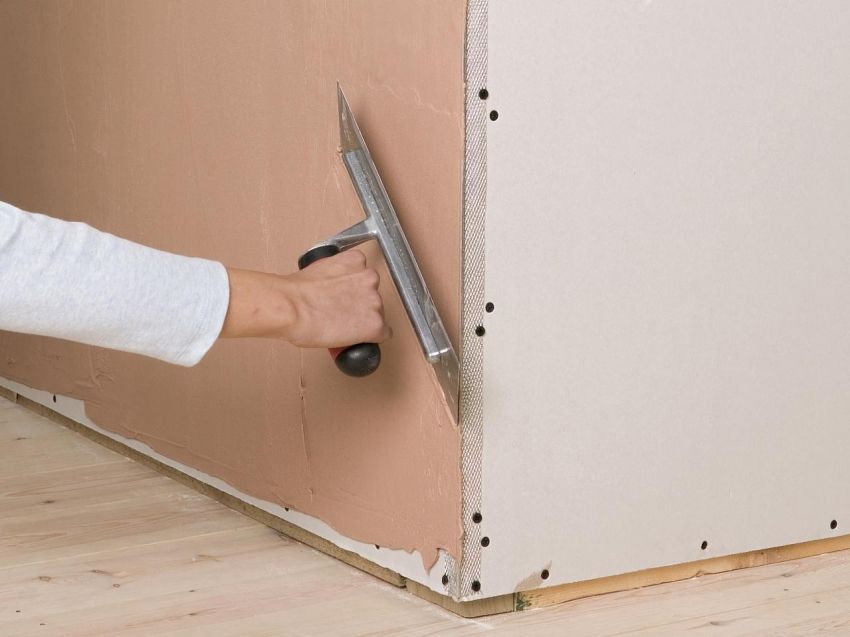
Today, there are many different options for obtaining a unique pattern on the treated surface. It all depends on the type of plaster and technology of its application.
There are two options for obtaining a decorative effect:
- The formation of patterns using different tools and the use of textured plaster with varying degrees of grain in its composition. This option is cheaper. In addition, you can make textured plaster with your own hands. Videos of this process will help to study the technology did.
- The use of textured roller for decorative plaster with applied ornament. In this case, to obtain a clear picture, the roller is once held along the entire length or height of the wall. You can also use a regular roller with different nozzles (wrap with a rag, paper, film), which can be rolled in different directions on textured plaster. Then using a spatula, you can slightly smooth out the sharp corners.
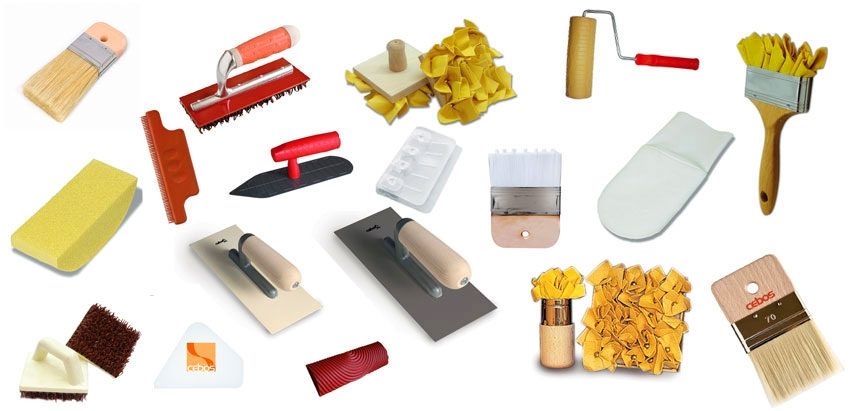
To obtain a picture or ornament, you can use a ready-made stamp by attaching it and pressing it to the plaster. You can buy it or make it yourself. To make the print clear, you should regularly clean it of plaster and wet it with water. To bring the picture on narrow areas of the wall, you can use a soft version of the stamp, made of rubber. Using the impression allows to reduce the consumption of finishing material.
On the surface of the wall, you can create an imitation of stone, leather or fabric. With the help of a trowel or trowel with teeth, you can create a covering under a wild stone. Using a brush can imitate fabric. To do this, use a brush to apply a thin single-layer coating in a vertical or horizontal direction, or turning it as a compass.
Important! During the creation of the figure, one should not go deep to the very base of the wall, since some fragments may fall off the wall after drying.
When using a mixture with small fractions, you can use a wooden grater to create an ornament. Moving the tool up and down you can get the effect of “rain”, with horizontal friction, imitation of wood is obtained. When moving the grater in a circle, you can get the effect of “lamb”.
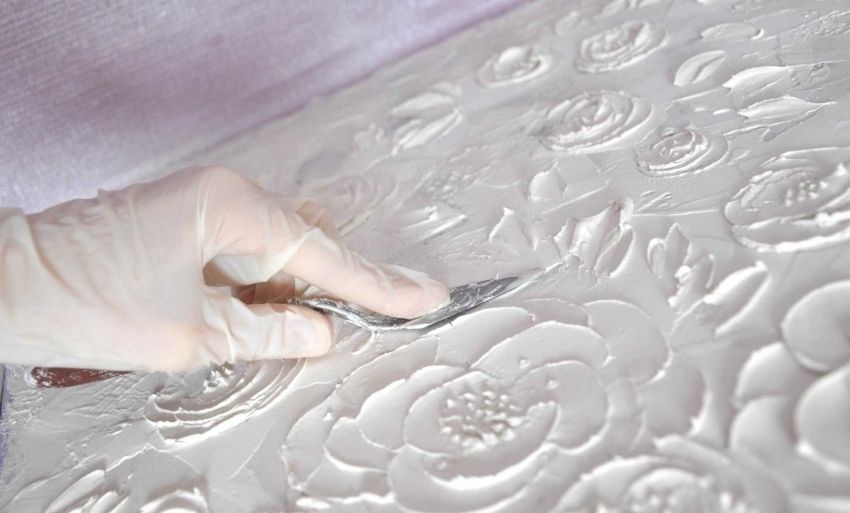
One of the most budgetary options is the application of textured plaster with the effect of “fur coat”. This can be achieved by throwing the solution through the net, spray it with a brush with a long pile or a broom, walking around the layer of plaster with a roller with a short fur coat or applying a mixture with an air brush.
The most popular is textured plaster with small granules, which creates the texture of “bark beetle”. The mixture with a spatula or trowel is applied to a wall 3-7 mm thick, depending on the size of the inclusions. After the surface dries out, it is necessary to float it in any direction, scratching the surface, thus imitating the pattern.
Another interesting option is the application of decorative plaster under traventin, which imitates the laying of natural stone or aged stone walls. The mixture is applied in two layers. To decorate the surface under the laying make special grooves with the help of improvised tools.
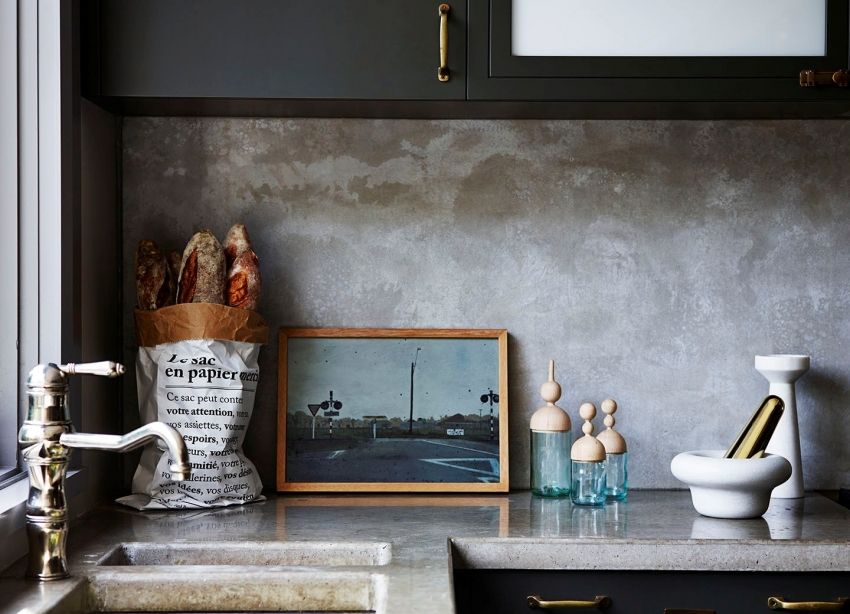
Helpful advice! If you perform wide strokes, you will get a calm pattern, while smaller ones will produce a more saturated pattern.
The technology of applying Venetian plaster requires a certain skill. The prepared wall should be perfectly flat and smooth. The material is applied with a thin layer of polished trowel in short, sharp movements. It is necessary to apply 3-10 layers, where each of them is polished for a more pronounced effect of marble. At the finishing stage, ironing should be carried out using a trowel, which is pounded on the surface with an effort to give it a noble shine and glossy texture. After the surface is partially dry, it must be polished with wax.
Today, the price of plaster walls per square meter of the wall is an average of 550 rubles, when using cement plaster. Work with decorative textured plaster will cost around 350-850 rubles / m ?. Coating with a relief mixture will cost 850-950 rubles / m ?. The cost of work with Venetian plaster will average 750-1350 rubles / m ?.
Wall cladding textured plaster is a responsible and painstaking event that requires minimal skills. In order to obtain an aesthetic and durable coating, it is necessary to choose the right finishing material, prepare the base and correctly make plastering of the walls in compliance with all the rules and recommendations.
